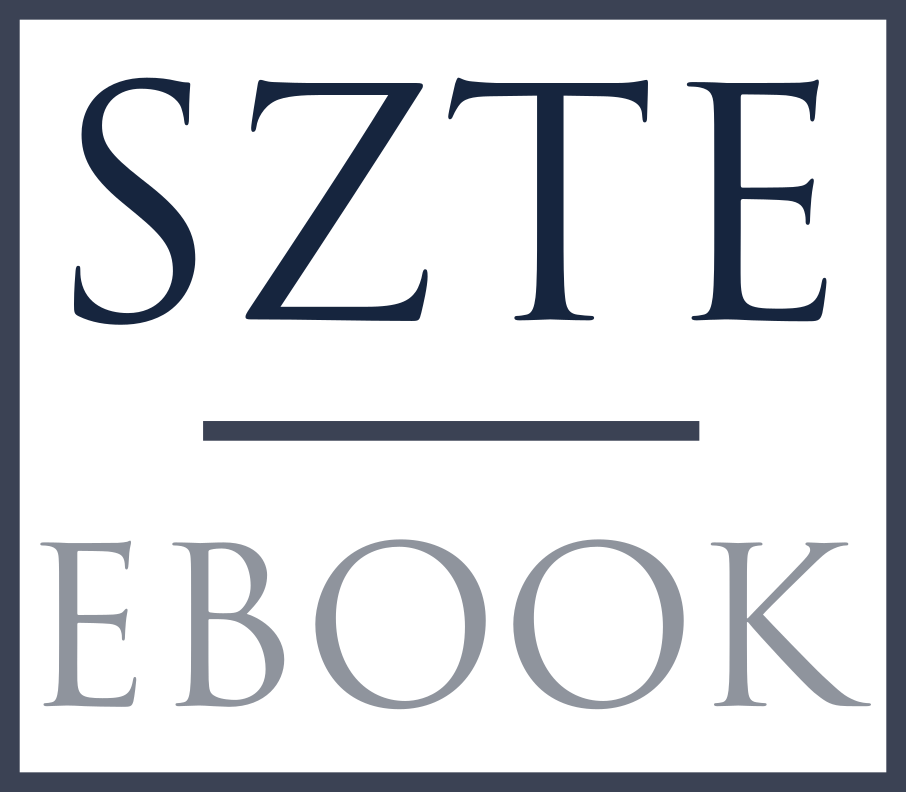Ikonikus céljaink: a szórendi variációs lehetőségek feltérképezéséről az obi-ugor nyelvekben
Über dieses Buch
Typological studies have revealed an asymmetry between OV and VO languages in the position of oblique phrases: whereas VO languages are mostly VOX, the oblique phrase in OV languages can precede, follow, or stand between the object and the verb (XOV / OVX / OXV). Khanty and Mansi variants are known to be SOV languages, with minimal variation in word order. This analysis is a pilot study of Mansi, focusing on sentences with non-canonical word order, specifically non-verb-final indicative sentences, and has a dual objective. Firstly, it explores what types of phrases may occur in a postverbal position and whether the findings conform to typological statements. Secondly, it investigates the motivation for postverbal placement. Data were extracted from selected texts of the Northern Mansi and the Pelym Mansi subcorpora of the Ob-Ugric Database. Regarding the types of postverbal constituents, many belong to a group of arguments that encode concrete or figurative endpoints, which have been observed to occur postverbally in other OV languages as well. Apart from this semantic motivation, postverbal placement can also result from pragmatic features, a characteristic type being the postverbal placement of constituents that are discourse-old.


